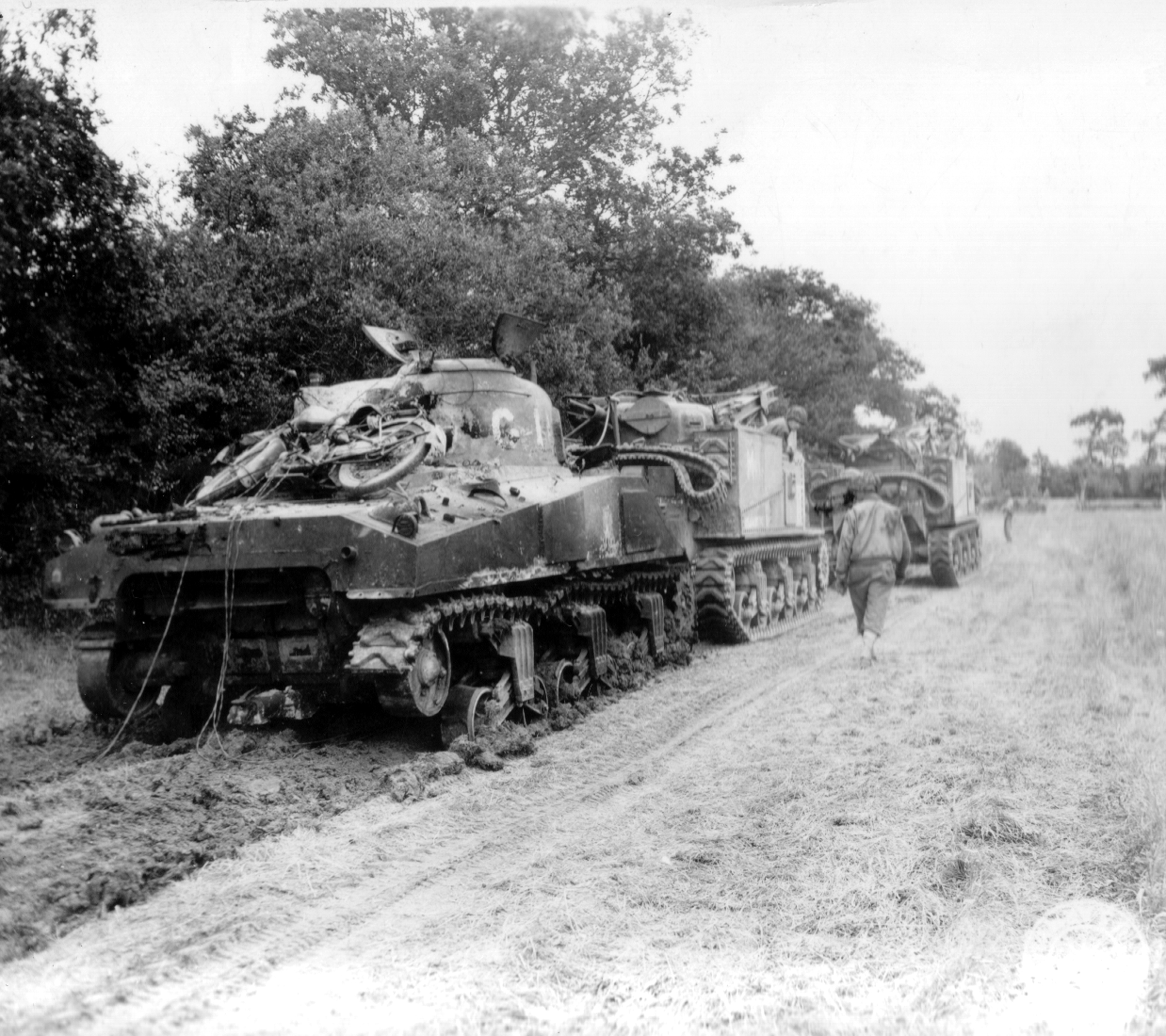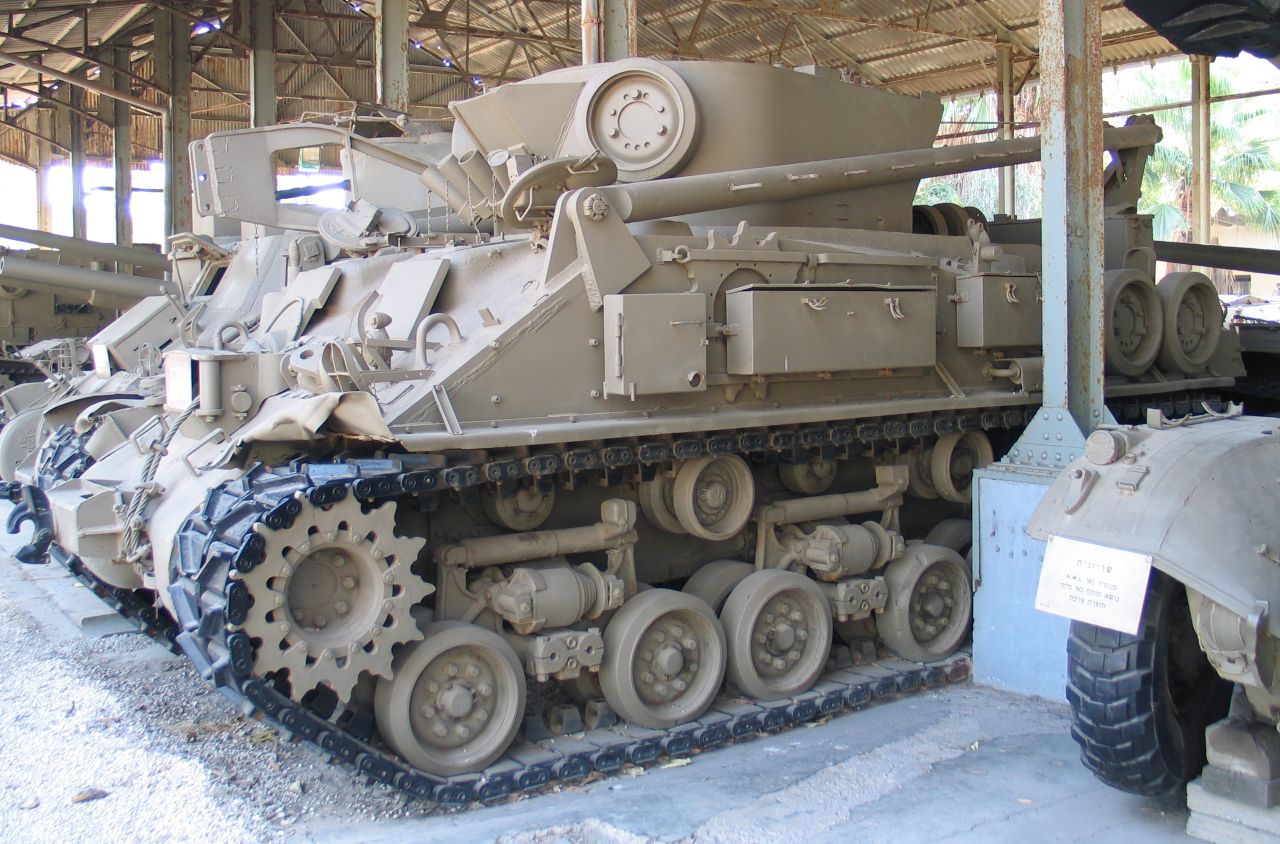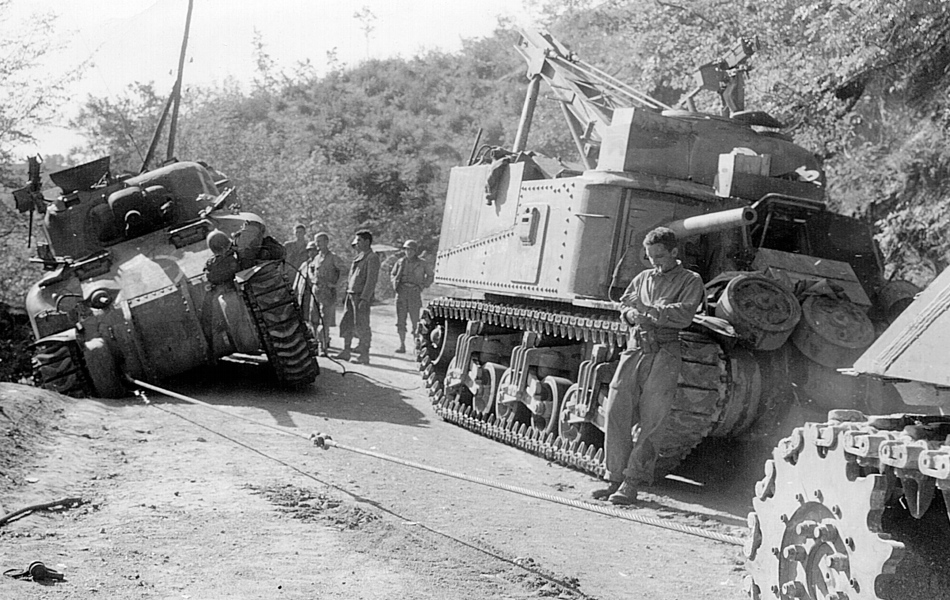M30 and M74 series of Armored Recovery Vehicles: Tanks Get Stuck, ARVs get them unstuck
The M31, M32, and M74 armored recovery vehicles based on the M3 Lee and M4 tanks and almost all their sub-chassis types seem to have been used in the conversions as well.
ARVs Based On The Lee Hull: The Combat RV Gets A New Role
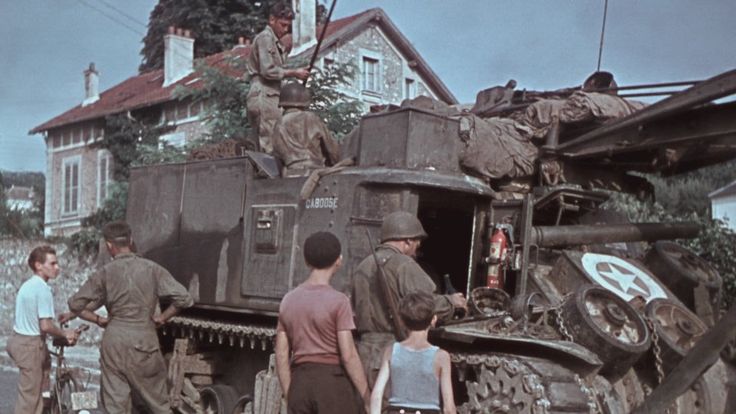
M31: based on the Lee, and there were subtypes based on other Lee hull types. 509 Lees were converted. This version was powered by the R975.
M31B1: was based on the M3A3 and 296 were converted. This version was powered by the 6046.
M31B2: Was based on the M3A5. I am unsure how many of this version was made. This version was also powered by the 6046.
There was other Lee based conversion, but ‘A history of the American Medium tank’ doesn’t have production numbers for them. On the Lee conversions, the 75mm gun mount was replaced with a door, that had a dummy 75mm gun, and the back of the 37mm turret had a fake 37mm gun, and the front had a boom for lifting things like motors, or turrets. The idea was to make it look like an armed Lee. A crane was installed in place of the 37mm gun and mount, and it had a 10,000 capacity. With boom jacks, it could carry 30,000 pounds. It was also equipped with a 60,000-pound winch. The M31s had a single .30 caliber machine gun, in a fixed hull mount!
The information I have here is very basic, but the Sherman Minutia Site has a very nice history, with very nice photos, of the M31 series. Joe Demarco is an unsung hero of Sherman research, and he put the page together, and it is far better than what I have here, right now, it just covers the ARVs based on the Lee, but I’m sure more will be added over time. You can find the page here, the first link is to the main page. If you have not taken the time to check out the Sherman Minutia site and you like this site, you should love them!
ARVs Based on the Sherman hull: They Ran Out Of Lee Hulls.
M32: Was a tank recovery vehicle based on the M4 Sherman hull, 163 converted.
M32B1: Was a TRV made from an M4A1 hull. There were 1055 M4A1 tanks converted
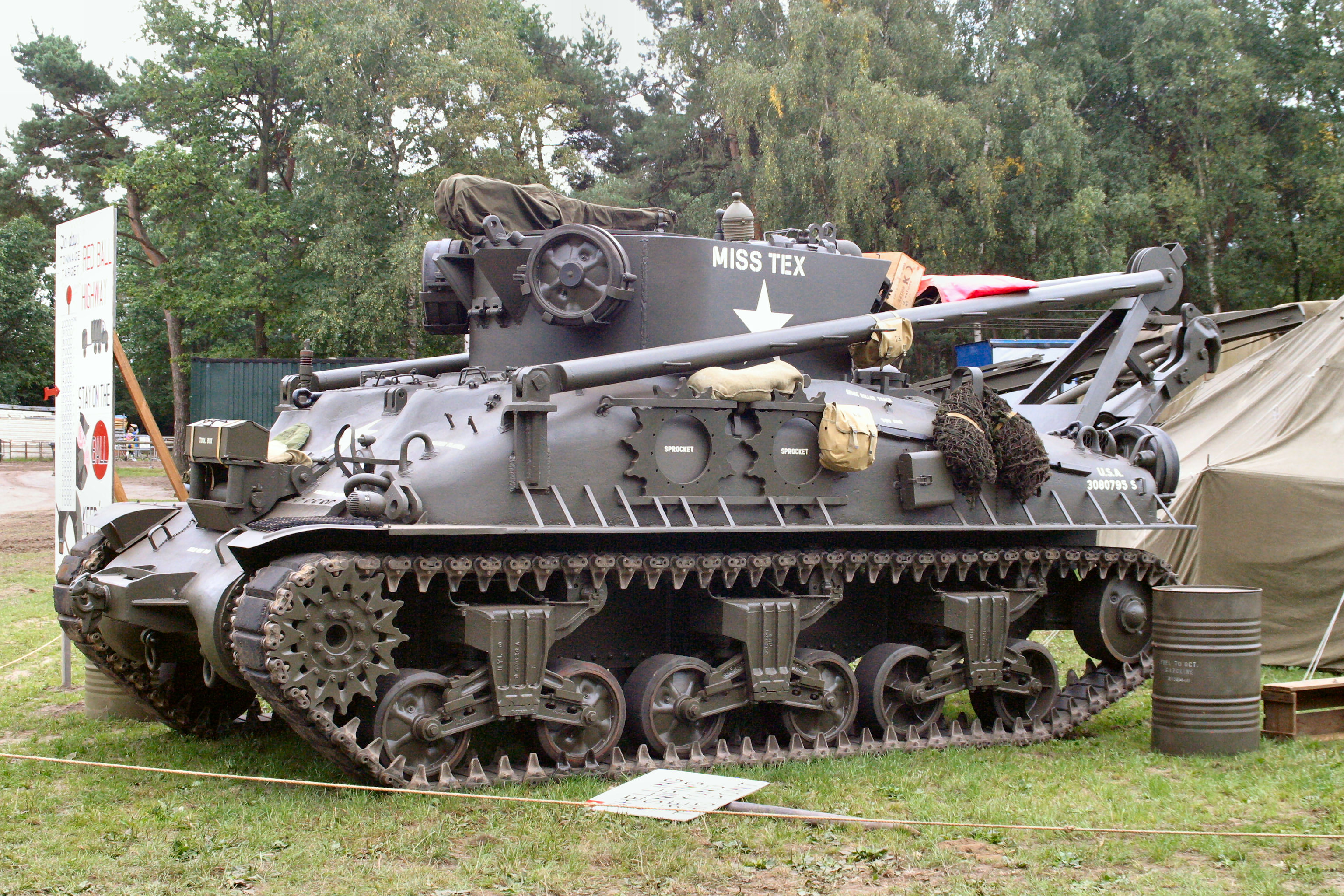
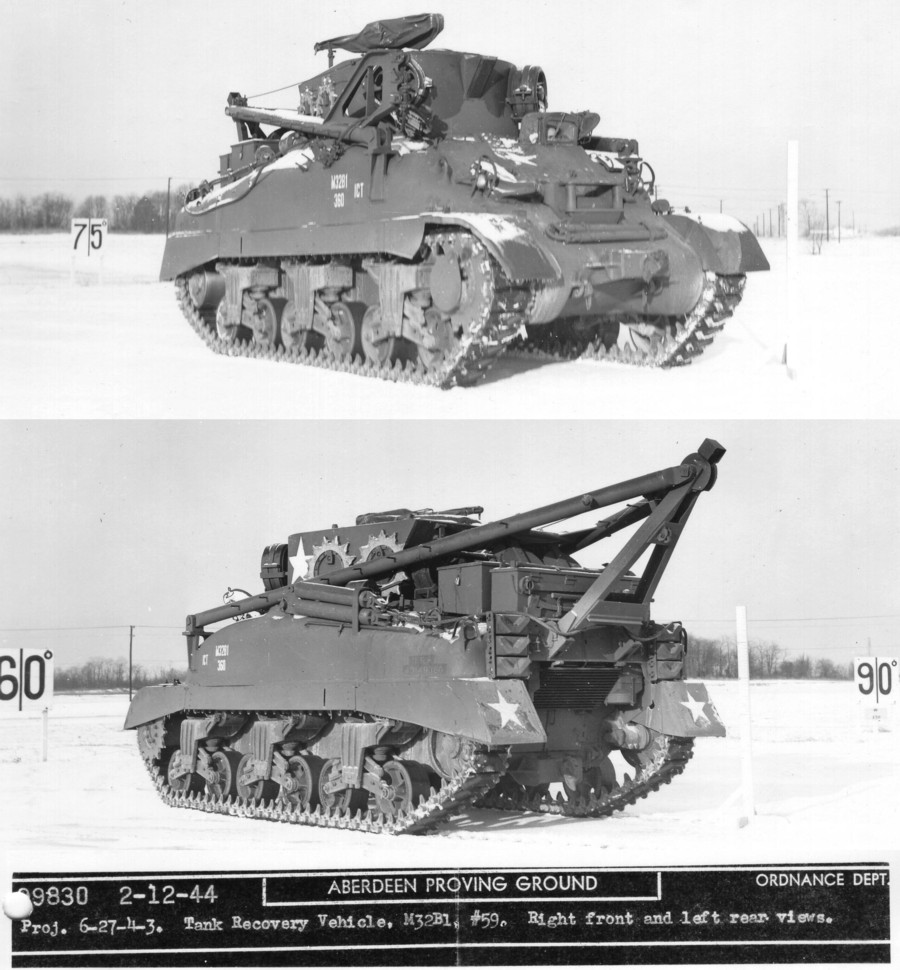
M32A1B1: This version received an update, to A1 status, which meant improvements to the recovery capability and HVSS. There were only 37 of these converted.
M32B2: TRV based on the M4A2 hull. There were 26 of these conversions.
M32B3: TRV based on the M4A3 hull. There were 318 of these tanks converted.
M32B4: TRV based on the M4A4 hull. One pilot model made, not approved for production.
T14E1: was an M32B3 with HVSS made for the Marines in the last half of 45. They produced 80 of these.
The M32 series had a 60,000-pound winch, powered by powered take off, or PTO, from the drive shaft. The winch was mounted behind the driver and its drum mounted to the vehicle centerline outside. It had a crane mounted on the front of the hull, and the crane was moveable, folding back over the TRV for storage. It had an A-frame used for towing mounted on the rear hull. It had stabilizers in the suspension that locked it in place when using the boom. If an M32 was equipped with HVSS suspension it was designated as with an A1.
The M32 was armed with an M2 .50 caliber machine gun, mounted on the top of the vehicle, on the main hatch. They also retained the bow-mounted thirty caliber machine gun. The early version was also equipped with an 81mm mortar to put out a smokescreen, it had 30 smoke rounds available. All these weapons were purely defensive, and the last thing an ARV crew wanted to do was get shot at.
The M74 ARV: In early 1954, Bowen McLaughlin-York Inc. began production on the M74, converting M4A3 tanks to this configuration. Rock Island Arsenal conversions around this time and continued into 1958 but no total number of the conversions is known.
These ARVs had a 90,000-pound winch and a hydraulically raised boom. It also had a spade on the front to help stabilize the vehicle when the boom was being used. The spade was hydraulic and could be used for light dozing work. These updates allowed the vehicles to retrieve heavier medium tanks like the M26 and M46 and were only replaced in service by the M88.
The M74 had an M2 .50 caliber machine gun mounted on its all-around vision cupola. It also retained the bow machine gun.
. . .
Tanks when in combat and when not in combat break down, get stuck in the mud, sand, or on a tree stump. A pair of trees too close together could hang a tank like a Sherman up. Mines blew off tracks and damaged the suspension. It was not unheard of for a tank to fall into a basement, or cause a bridge to collapse. Sometimes they tip over or lose a track or have a major mechanical problem and won’t run; it’s nice to have an ARV around and for some of the above cases like recovering a tank from a stream after a bridge collapsed, the boom and rigging on an ARV are essential.
ARV’s were assigned to tank battalions; usually, a pair of them would be assigned to the Battalion HQ Company with a dozer tank. I will need to dig up a tank battalion TO&E to confirm this. I’m sure the units that went out and salvaged knocked out tanks and repaired them would have these vehicles as well, though I’m pretty sure I read they used M26 Dragon Wagon trucks. If you need help with pulling a turret, final drive, and tranny housing, changing a motor, or repairing mine damage an ARV crew would be useful to have around.
These vehicles would be assigned one per Tank. I have not read any accounts of what an ARV crew charged in WWII or Korea, but, I read has to be pulled out of a rice paddy in Vietnam would cost the crew several cases of beer. I wonder how it worked in Korea and WWII.
One more interesting note on the ARV program, the turrets from all these conversions were stored. Later, when M4A3 and M4 Composite hull 75mm production was still going, they collected these turrets and shipped them to the factories still producing 75mm tanks and used them instead of casting more. The turrets that came from early runs that did not have the thickened cheek armor, had it added, and since most had no loaders hatches, they were added too. I think most of these modified old turrets went onto M4 composite hulls.

